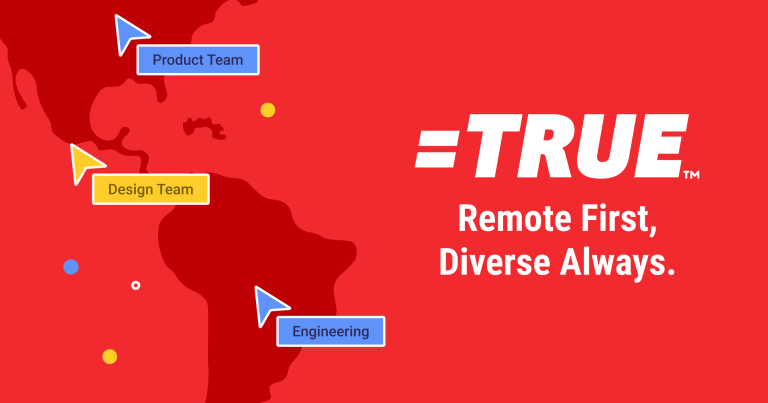It’s no revelation that there’s a huge gender disparity in the numbers of tech workers and while many companies and organizations are making great efforts to close this gap, there are still many causes left unattended. My sister-in-law graduated in computer sciences, a feat that I already consider extraordinary. She succeeded in completing her studies despite sexist remarks made by her own professors. It might not seem a big deal to some, but when you’re 1 of 3 women attending daily classes in a room filled with 30 men, it becomes clear that misogynistic comments are just the tip of this iceberg called gender discrimination.
While in countries like Switzerland, Ireland and Lithuania, among others (Global Gender Gap Report 2021) there’s more interest in closing this gap, the reality is that the vast majority still faces issues when including women in technology and other fields at all levels.
LATAM is no exception to this issue, these are some ways in which women are still deterred from creating a professional career in tech and how it can be fixed.
Believing girls are not interested in tech.
Although now less than before, there is still prejudice in Latin America that tends to determine a person’s suitability for a job based on their gender. If you’re a man you can’t do this, if you’re a woman you can’t do that. This way of thinking is sadly still deeply rooted in the education system. Girls of all ages are deprived of the opportunity to develop skills in this innovative field even before getting to try it. To change this gender prejudice, more programs where girls are encouraged to learn and participate in tech need to be created. By changing young girls’ perception of gender-based prejudice, there would be a bigger number of them applying for higher education programs in computer sciences. Thus breaking the myth of women not being interested in this field.
Believing women are not competent or committed.
It’s not only the lack of trust in our competence or commitment, it’s being inappropriately vocal about it. In an environment where all students should be encouraged and motivated to pursue their dreams and goals, the academic body must be fighting against gender discrimination, not inciting it. Many of us have surely heard of a similar story to my sister-in-law’s, and despite some being able to brush off derogatory comments, we have to question the number of women who stop their education believing they’ll never be able to make it. By creating and circulating measures to eliminate and punish this type of discrimination in all education institutions, women will be more empowered to raise their voice and shape a better future environment for women studying tech.
Having unconscious recruitment bias towards women
What would happen if recruiters unknowingly received two identical CVs, one with a male name and another with a female name? Who would they favor? Such an experiment has been made (Gender Bias in Recruitment), and shockingly (or not so much) recruiters ended up choosing the male version. Even more shocking is to discover that despite having initial affinity with the female candidate, women recruiters still decided to follow the recruitment process with the male CV. To think that this first step in recruitment already contains such a gender bias is disheartening at best. That’s why companies need to re-evaluate their recruitment processes and provide a strategy that endeavors to eliminate any unconscious prejudice towards women applicants.
Lack of representation at higher positions
Once women get to enter in the tech world they find themselves stuck in the same position for longer periods of time compared to their male counterparts. There’s little if any career path plans for women to succeed and grow in companies. The gender diversity goals fall short to only the recruiting process, which raises frustration and ultimately women employees turnover. To avoid the lack of women representation at higher positions companies should provide a career path from the start, setting goals and transparency in requirements to climb the ladder.
A vicious cycle for gender bias
In the end, having a small number of women in the highest ranks limits the visibility and attention women are given, which means fewer number of women for younger generations to look up to, leading people to believe the ‘reasons’ for this gender gap in tech. To stop this vicious gender bias cycle, programs are needed for each of the points mentioned before. By paving the way to acknowledgement and transformation we are opening more opportunities for women to pursue a career in tech.
Companies and start-ups have seen the impact of this issue and will continue to face its consequences if the situation remains the same. It’s like a bottle neck. By limiting women participation in technology, institutions and companies miss out on a larger pool of undiscovered talent, which in turn creates a recipe for disaster, limiting the companies’ possibilities to expand their workforce and more competition for hires with higher positions and experience.
Copyright © 2024 EQUALS TRUE. All Rights Reserved.





